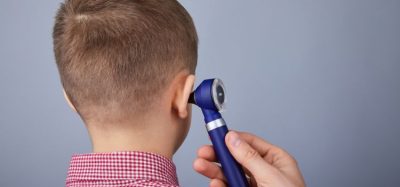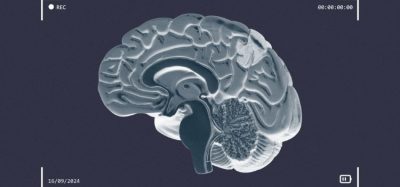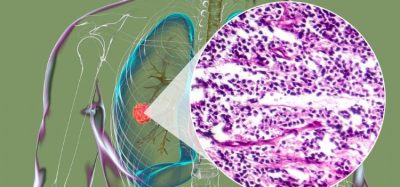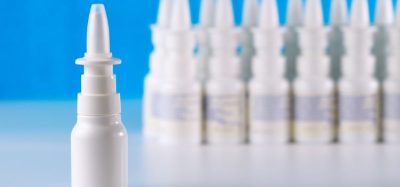Enspryng® prevents relapse in over 70 percent of NMOSD patients
Posted: 14 October 2021 | Anna Begley (European Pharmaceutical Review) | No comments yet
Enspryng (satralizumab) significantly reduced relapse in patients with neuromyelitis optica spectrum disorder (NMOSD) in Phase III study.


Roche has announced announced new longer-term efficacy and safety data for Enspryng® (satralizumab). The data show Enspryng has a favourable benefit to risk profile and is effective in reducing relapses over four years of treatment in people with anti-aquaporin-4 antibody (AQP4-IgG) seropositive neuromyelitis optica spectrum disorder (NMOSD), a rare debilitating disease that affects the central nervous system.
The pivotal SAkuraStar and SAkuraSky four year open-label extension (OLE) data found that 73 percent and 71 percent of people with AQP4-IgG seropositive NMOSD treated with Enspryng remained relapse-free after 192 weeks, respectively, and 90 percent and 91 percent remained free from severe relapse. These results demonstrate that the robust efficacy observed in the studies’ double-blind periods is sustained longer-term for Enspryng as both a monotherapy and in combination with immunosuppressive therapy.
The Phase III SAkuraStar study evaluated the efficacy and safety of Enspryng monotherapy administered to adults with NMOSD. In the AQP4-IgG seropositive subgroup, 83 percent treated with Enspryng remained relapse-free at 48 weeks, compared with 55 percent of those treated with placebo. At 96 weeks, 77 percent of those treated with Enspryng remained relapse-free, compared with 41 percent with placebo.
The Phase III SAkuraSky study evaluated the efficacy and safety of Enspryng in combination with baseline immunosuppressive therapy in adults and adolescents with NMOSD. Overall, 92 percent of AQP4-IgG seropositive participants receiving Enspryng in combination with immunosuppressive therapy remained relapse-free at 48 and 96 weeks, compared with 60 percent and 53 percent with placebo, respectively.
The treatment showed a favourable safety and tolerability profile in the Phase III studies. The most common adverse reactions were headache, arthralgia, white blood cell count decrease, hyperlipidaemia and injection-related reactions.
“We are pleased that these longer-term data further reinforce the previously observed efficacy and safety of Enspryng, which was specifically designed for this lifelong, chronic disease by targeting the IL-6 pathway to reduce the frequency of relapses,” commented Levi Garraway at Roche. “Enspryng is the only treatment for NMOSD that can be administered subcutaneously at home and has now been approved in over 50 countries. The totality of data, combined with the experience of people treated and their physicians, underscores the importance of this treatment option.”
Roche is also initiating SAkuraBONSAI, a multi-centre, Phase IIIb international study to further evaluate disease activity and progression using comprehensive imaging, biomarker and clinical assessments in NMOSD populations where further research is warranted. People with AQP4-IgG seropositive NMOSD, who are treatment-naïve or where prior rituximab (or biosimilar) treatment has failed, will be administered Enspryng monotherapy for two years and evaluated using clinical measures such as magnetic resonance imaging, optical coherence tomography and biomarkers of blood and cerebrospinal fluid.
Related topics
Antibodies, Big Pharma, Biopharmaceuticals, Clinical Trials, Data Analysis, Drug Safety, Research & Development (R&D), Therapeutics









